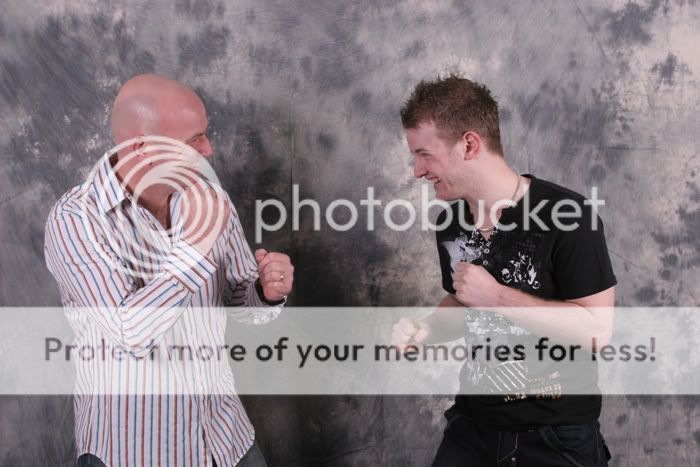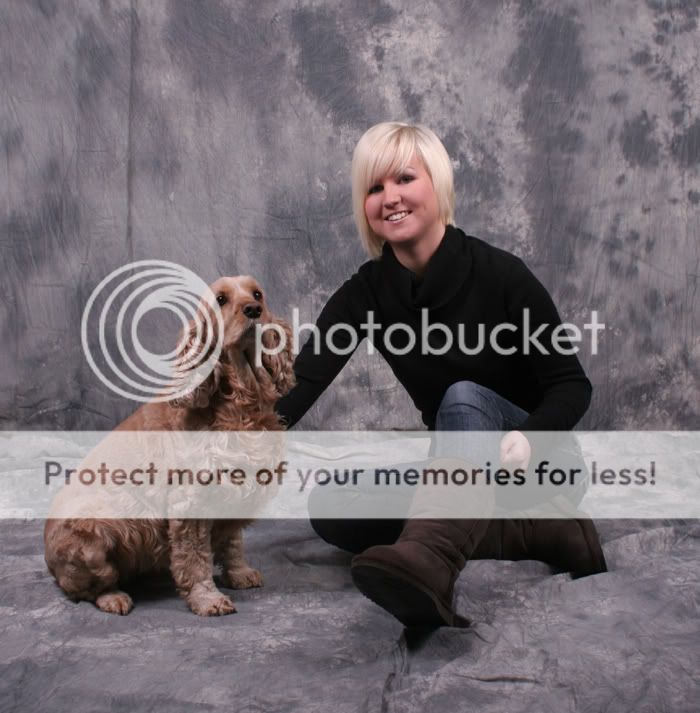- Messages
- 2,167
- Name
- Lynda
- Edit My Images
- Yes
Hi, sorry but all I seem to do is lurk around the edges and ask for help.
Here goes again.
I have just acquired the interfit EX150 3 head kit and being a 'total' flash novice, I'm having some difficulties. (The phrase 'all the gear - no idea' was penned for me)
Setting the gear up was a doddle, and my first attempt was to be some band photos. The intention was to light from the side and use really harsh flash so that one half of the face was almost in total shadow. However, I'm finding that when I have the flash heads on full power the shots are really dark as opposed to over exposed.
I've followed all the tutorials and set the camera to manual, f8 or f11, 1/60th -1/125th and ISO100. I'm using a 550EX (diffuser on, pointed up) on a 20D to trigger the heads.
When I put the flash heads down to 1/8th of the power the exposure is better so I can live with this and work around it.
I suppose what I'm trying to ask is 'Why does it do this?' Sorry for taking so long to get to the point.
For too long now I have been a point and shoot photographer. Now that I'm trying to really understand all the maths and physics that go with taking a good photo I'm really getting in a twist.
Thanks in advance.
L
:bang:
Here goes again.
I have just acquired the interfit EX150 3 head kit and being a 'total' flash novice, I'm having some difficulties. (The phrase 'all the gear - no idea' was penned for me)
Setting the gear up was a doddle, and my first attempt was to be some band photos. The intention was to light from the side and use really harsh flash so that one half of the face was almost in total shadow. However, I'm finding that when I have the flash heads on full power the shots are really dark as opposed to over exposed.
I've followed all the tutorials and set the camera to manual, f8 or f11, 1/60th -1/125th and ISO100. I'm using a 550EX (diffuser on, pointed up) on a 20D to trigger the heads.
When I put the flash heads down to 1/8th of the power the exposure is better so I can live with this and work around it.
I suppose what I'm trying to ask is 'Why does it do this?' Sorry for taking so long to get to the point.
For too long now I have been a point and shoot photographer. Now that I'm trying to really understand all the maths and physics that go with taking a good photo I'm really getting in a twist.
Thanks in advance.
L
:bang:




